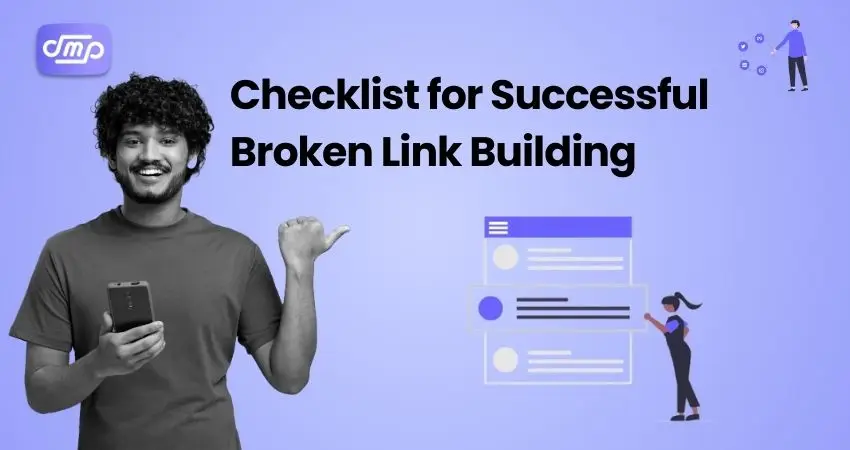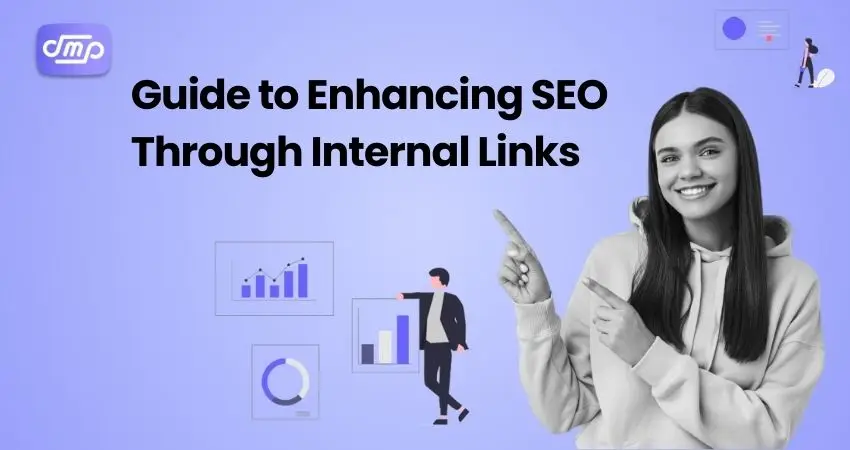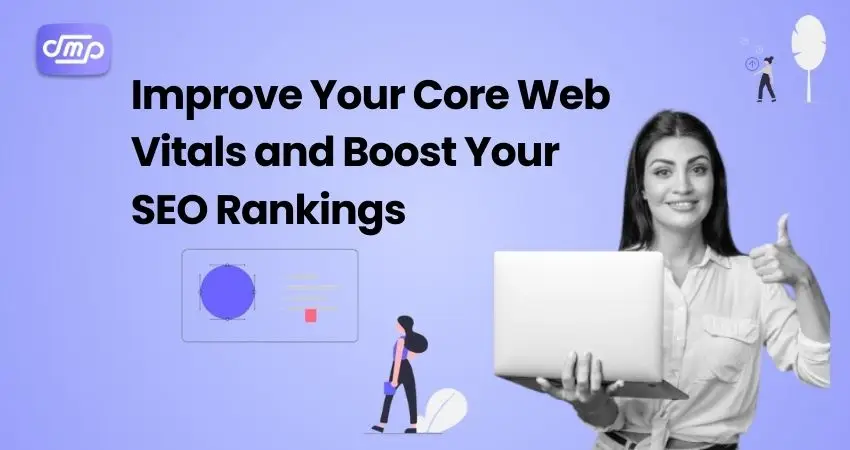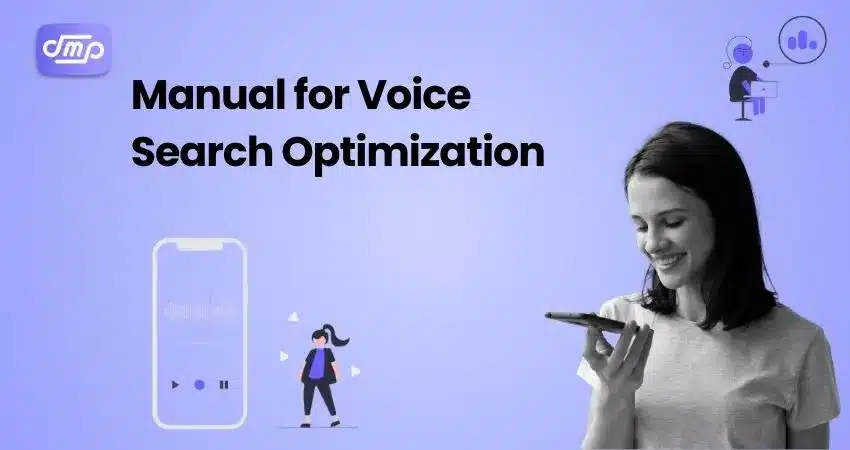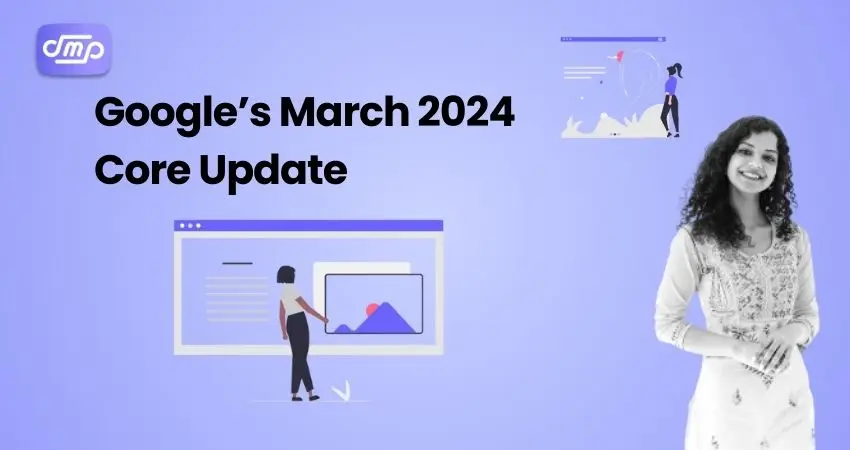The Complete Checklist for Successful Broken Link Building
Table of Contents As part of an SEO strategy, broken link building is finding dead or broken links on other websites and contacting the owners to propose replacing the links with links to your own, relevant, and excellent content. By repairing broken links, this strategy not only enhances the user experience on the target page but […]
Read MoreThe Ultimate Guide to Enhancing SEO Through Internal Links
Table of Contents The process of connecting one page on a website to another within the same site is known as internal linking. There are several places to find these connections, including the bottom, sidebars, text, and main navigation. Internal Linking Is Crucial for SEO Better Site Navigation: By directing visitors to relevant material, internal […]
Read MoreHow to Improve Your Core Web Vitals and Boost Your SEO Rankings
Table of Contents Google has created a collection of precise measures called Core Web Vitals that are intended to gauge important facets of the online user experience. These measurements concentrate on a website’s overall loading speed, user-friendliness, and visual consistency. Core Web Vitals consists of three primary components: The Largest Contentful Paint (LCP): The Largest […]
Read MoreSEO-friendly Content Writing: Techniques for Higher Rankings
Table of Contents Authoring material for websites that are optimized to rank highly in search engine results pages is known as SEO-friendly content writing. Incorporating pertinent keywords and phrases that consumers are likely to look for is part of the process, as is using different on-page optimization strategies to increase visibility and draw in organic […]
Read MoreThe Complete Manual for Voice Search Optimization in 2024
Table of Contents Voice search technology lets people search the internet using spoken words instead of typing text into a search bar. Its increasing popularity, ease of use, and influence on search engine optimization emphasize how critical it is to comprehend and adjust to this rapidly changing technology. Voice search will play an even bigger […]
Read MoreUnderstanding Parasite SEO: The Hidden Threat to Your Website
Table of Contents Malicious users use parasitic SEO, a form of black hat SEO, to rank their own material by taking advantage of the legitimacy and authority of trustworthy websites. This technique entails breaking into or hacking a well-known website in order to host unapproved content or links, frequently without the owner’s awareness. In order […]
Read MoreDecoding Google’s March 2024 Core Update: Insights on Spam Policy & SEO Enhancements
Table of Contents Compared to typical core updates by Google, the March 2024 core update is more complicated and involves modifications to several key systems. It also represents a change in the way you can determine whether material is helpful. The primary ranking system has been improved to display more beneficial results by utilising a […]
Read MoreImpact of SEO and Digital Marketing Strategies to Rank your Website
Table of Contents SEO and digital marketing are the dynamic pair of the online world. SEO, or Search Engine Optimisation, is comparable to your website’s framework. It entails making your website search engine-friendly. Your website is more likely to move up the ranks on search engine results pages (SERPs) when your SEO game is good. […]
Read MoreThe Ultimate Guide to Search Engine Penalty Removal- 2023
What is a search engine penalty? An adverse effect on a website’s search engine ranking as a result of breaking search engine best practices or recommendations is known as a penalty. When a website gets penalised, its organic traffic and visibility on search engine results pages (SERPs) may suffer noticeably, affecting the search engine marketing […]
Read MoreWhat is copywriting and its significance in 2023
What is copywriting? Writing words for the goal of promoting or advertising a good, service, or brand is known as copywriting. To encourage the reader or viewer to do something specific, such as make a purchase, sign up for a newsletter, or visit a website, is the aim of copywriting. Web text, social media postings, […]
Read More


